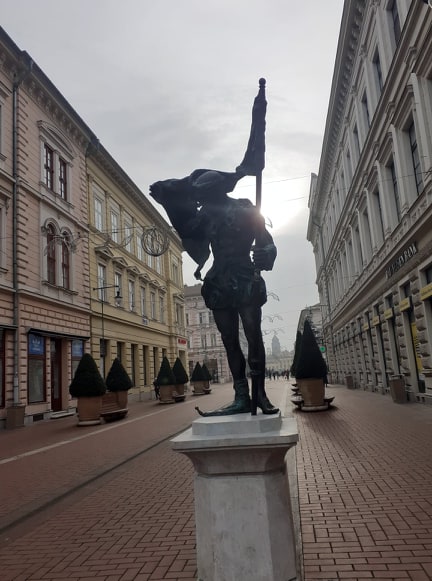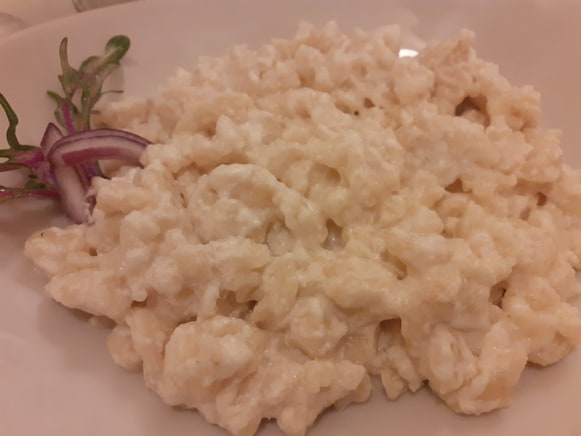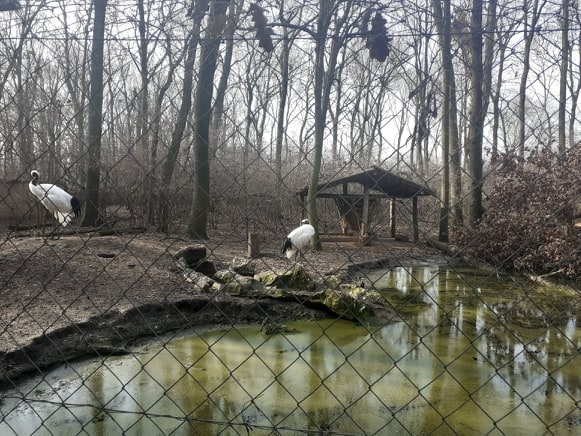The name of Deva was first recorded in 1269 as Dewa. The origin of the name gave rise to controversy. It is considered that the name comes from the ancient Dacian word dava, meaning “fortress”.



Deva is situated in the central part of Hunedoara County, on the left bank of the middle course of the Mures river at 187 m above sea level.
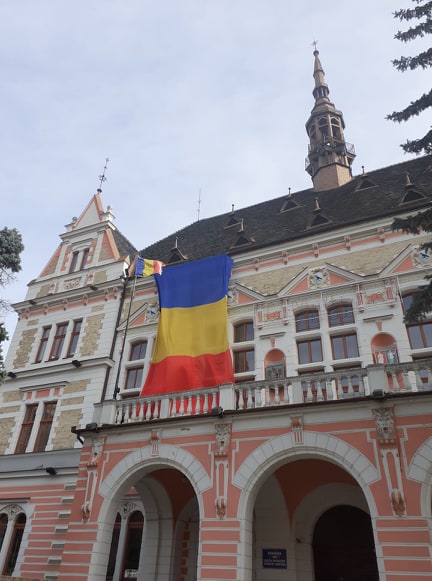
Deva is dominated by the Citadel Hill, a protected nature reserve,renovated because of its rare floral species and the presence of the horned adder,a venomous snake. Perched on the top of the hill are the ruins built in the 13th century. Tourists can visit the Citadel by climbing the hill or using the cable car. The ruins of Deva fortress contain the prison where Francis Davíd (Ferenc Dávid) – the Unitarian founder of Europe’s first official declaration of religious toleration – died in 1579.From the top of Dealul Cetatii hill visitors can view the route of the “Salt Road” the old Roman that – from the early 100s AD until late 200s AD – used to connect Rome, the capital of the Roman Empire, with Transylvania.
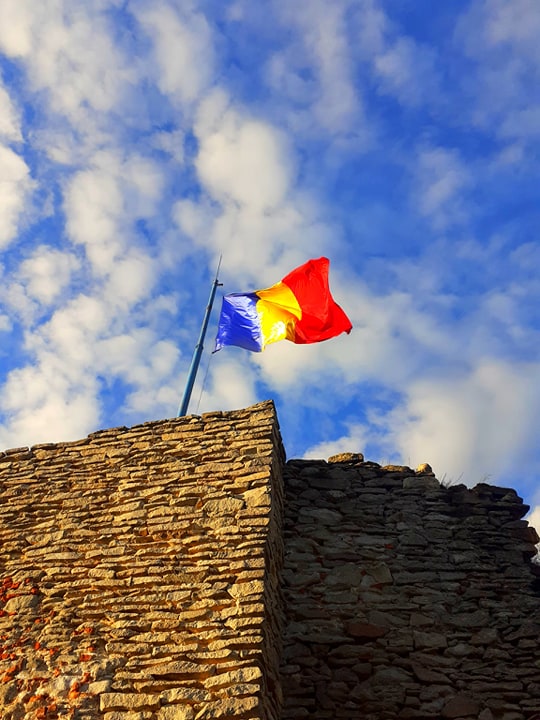
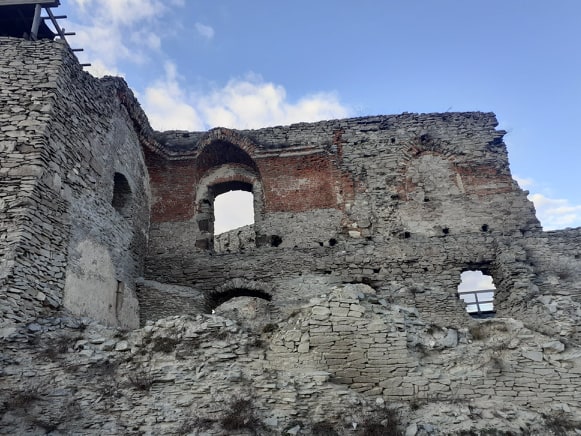
Deva’s tourist attractions include the Arts Theatre, the Patria Cinema, the Old Centre and the Citadel Park.There is also the Aqualand Complex, a recently built leisure centre situated near the Citadel Park.
Deva is considered the Gymnastics capital of Romania because the National gymnastics training center is located within the city. Many of the country’s Olympic gymnasts have trained in Deva. Since 1978, the country’s best gymnasts – including Olympic, World and European champions Nadia Comaneci, Ecaterina Szabo, Lavinia Agache,Daniela Milosevici,Maria Olaru, Catalina Ponor,have trained and got their education in this city.
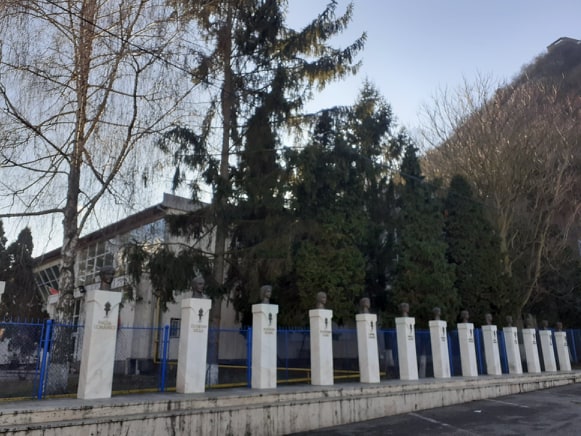
Magna Curia Palace is maybe the second touristic attraction of the city, It is now home to the Museum of Dacian and Roman.It is a Renaissance style structure built in 1621.

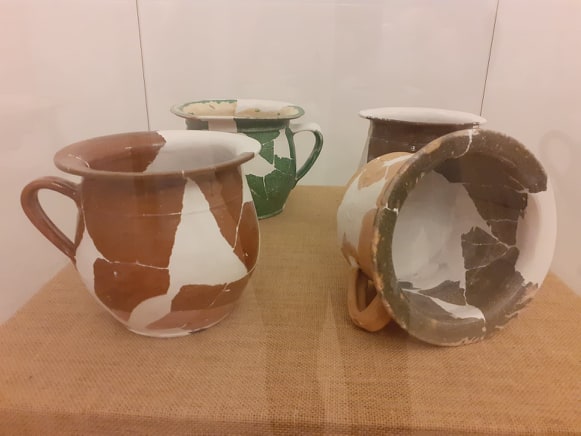

The Art Theatre built in mid 1800s is Deva’s fines example of Secession Viennese architecture and the city’s main cultural institution. The building was opened as a theater in 1911 after extensive renovations based on plans by Jewish architect Marcell Komor whose other major works include Targu Mures Municipality Building , Reduta concert hall in Bratislava (Slovakia) and Subotica synagogue (Serbia).
A bronze statue is dedicated to the king of Dacia: Decebalus who ruled the Dacians between AD 87 and 106. The statue of Roman Emperor Trajan stands in front of Deva town hall.



